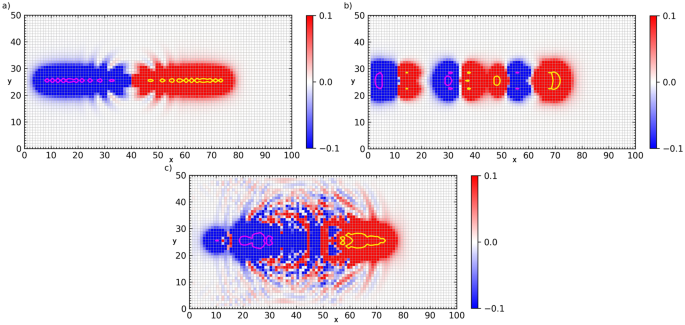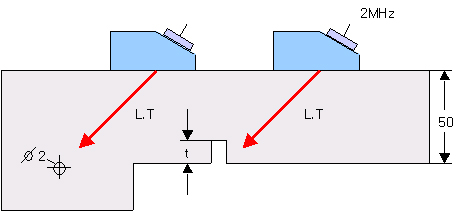

Non-constant load speeds are included in a few studies 8, 9, 10, 11, 12, and in particular it was shown that a decelerating load could lead to constructive interference of waves which could exceed the critical stress and thereby lead to crack formation 8, 12.

While many early studies involving moving loads relied on constant load speed 3, the importance of incorporating transients was already highlighted in 6, 7. Once a blow-out hole has formed, subsequent traffic must be rerouted. Blowouts are usually caused by pressure buildup due to constructive interference of waves excited by heavy moving vehicles during shore approaches. Under operational conditions, a speed limit of 15 mph (24 km/h) is often imposed, and an important component of ice road safety is proper instruction of truck operators.Įxceeding the speed limit may lead to crack formation, and especially near the shore to so-called blowouts. Indeed, it is well known that large speeds can create resonant waves in the ice cover, and under certain conditions of speed, ice thickness, and water depth, the deflection under a vehicle traveling on a floating ice sheet may be amplified considerably. In the case of heavy moving loads, the speed of the load is also an important factor in maintaining safety of ice roads. Maximal permitted loading is in many cases based on Gold’s formula which relates the thickness of the ice cover to the allowable load based largely on empirical observations of ice failure or non-failure under various loading conditions 5.

These routes are also of major importance for mining operations in several northern locations which depend on high-volume low-cost shipping of tools, equipment and lore.Īuthorities in the northern regions follow various plans for opening and closing ice roads, maintaining safety by checking ice thickness, temperature and consistency, weather conditions, and planning routes based on local conditions and operational experience. In some cases, these ice roads are the only economical means of transportation to reach remote communities in the North.

In cold regions today, some winter truck routes are partially over ice-covered lakes, as this routing provides a low-cost alternative to building asphalt roads running along the lakeshores 4. The study of hydro-elastic waves has a long history going back to the 1950’s and was prompted by attempts to systematically use solid ice covers as a means of mechanized transportation. Observations of such waves using satellite synthetic-aperture radar (SAR) imagery reveal ship-wave like patterns which compare favorably with results from earlier theoretical work 1, 2, 3. Hydro-elastic waves on frozen lakes and sounds can by excited by moving loads such as motorized vehicles.


 0 kommentar(er)
0 kommentar(er)
